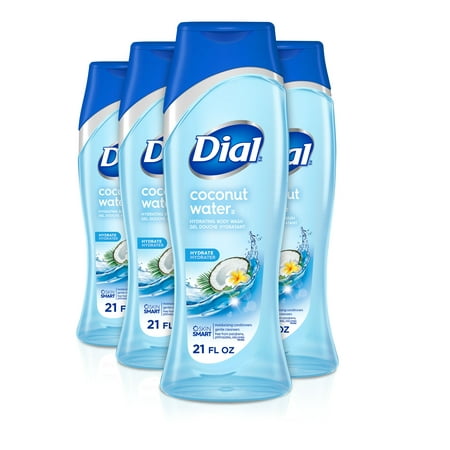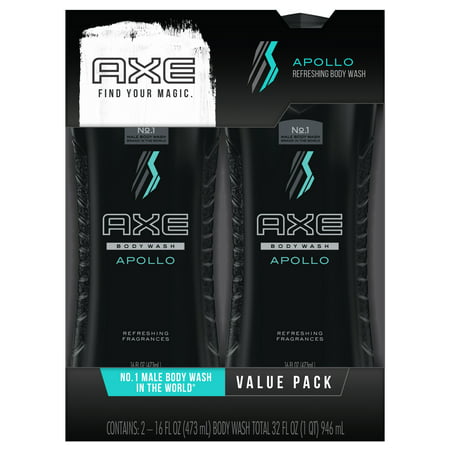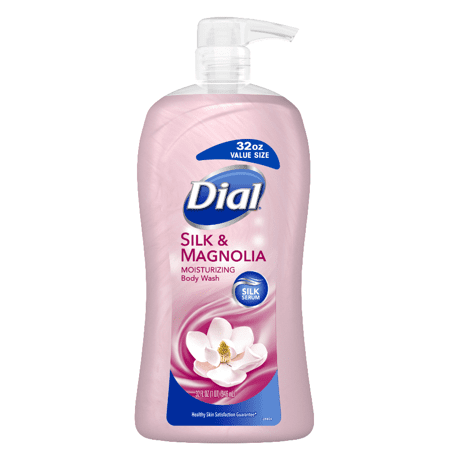Dial Body Wash, Coconut Water, 21 Ounce (Pack of 4)
The first of its kind to contain coconut water, this Dial body wash delivers a fresh infusion of moisture, every time you shower. Coconut water is known to be rich in antioxidants and electrolytes For skin that feels clean, fresh and moisturized.








HYDRATING BODY WASH: Let your skin drink it all in. The summery, refreshing scent of coconut water is lightly fragrant and wonderfully tropical. Provides ultra-fresh hydration to leave your skin feeling clean, fresh and moisturized.MOISTURE BALANCE TECHNOLOGY: Moisturizing – Clean Rinsing – Rich Lather: Leaves Skin feeling nourished, soft and silky.CLEAN RINSING FORMULAS: Developed to rinse clean, leaving skin feeling hydrated without a filmy residue.WASHES AWAY BACTERIA: Dial Body Wash is good for everyday washing and is formulated to wash away bacteria, keeping you feeling fresh and clean.FOR THE ENTIRE FAMILY: Bundle includes 4 bottles of 21 fluid ounces of body wash for a total of 84 ounces great for both Women and Men.





Reviews
There are no reviews yet.